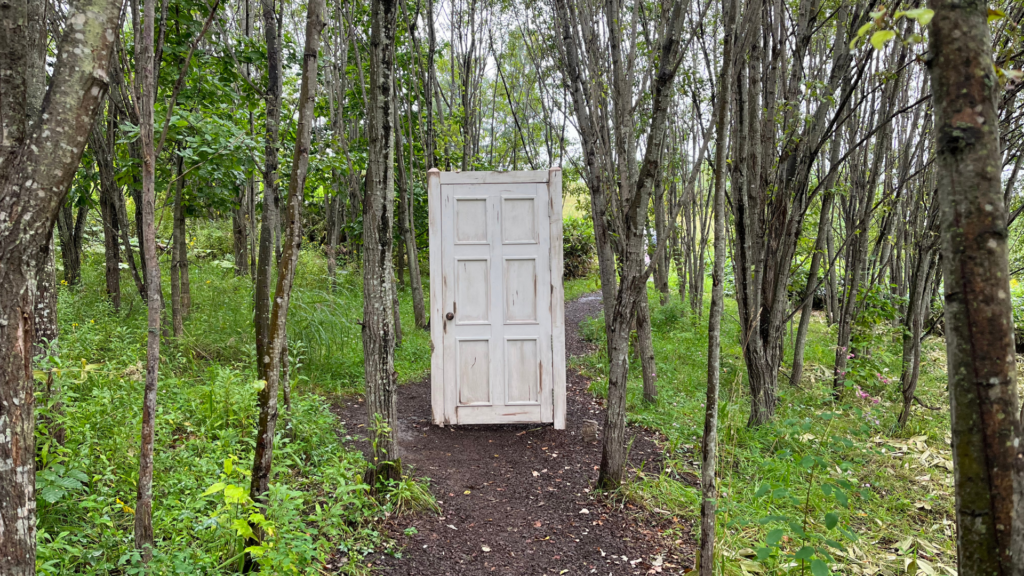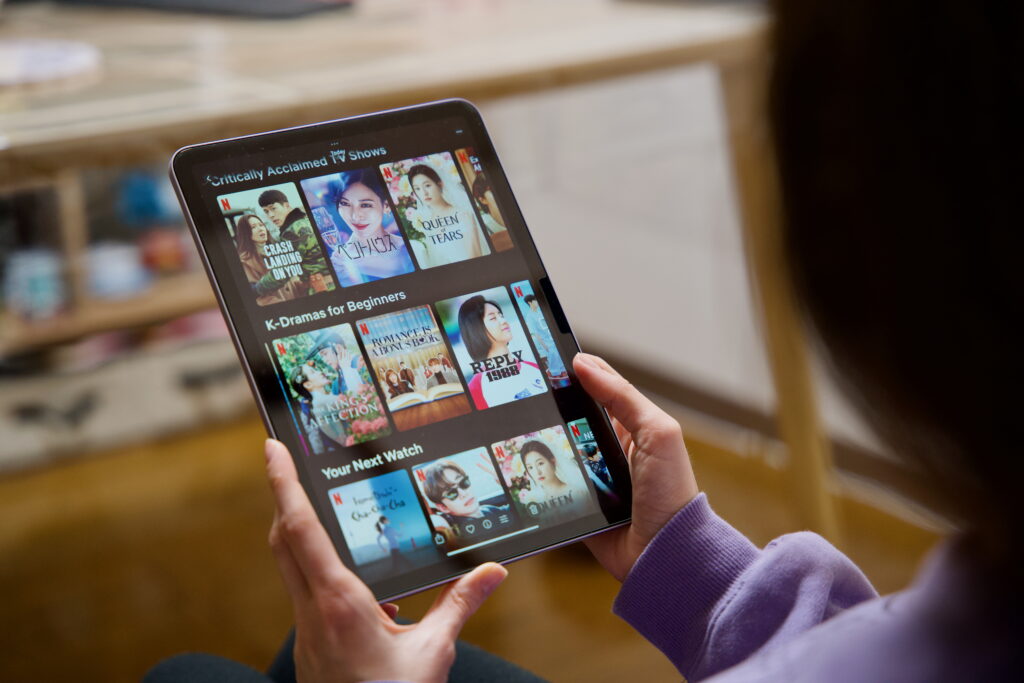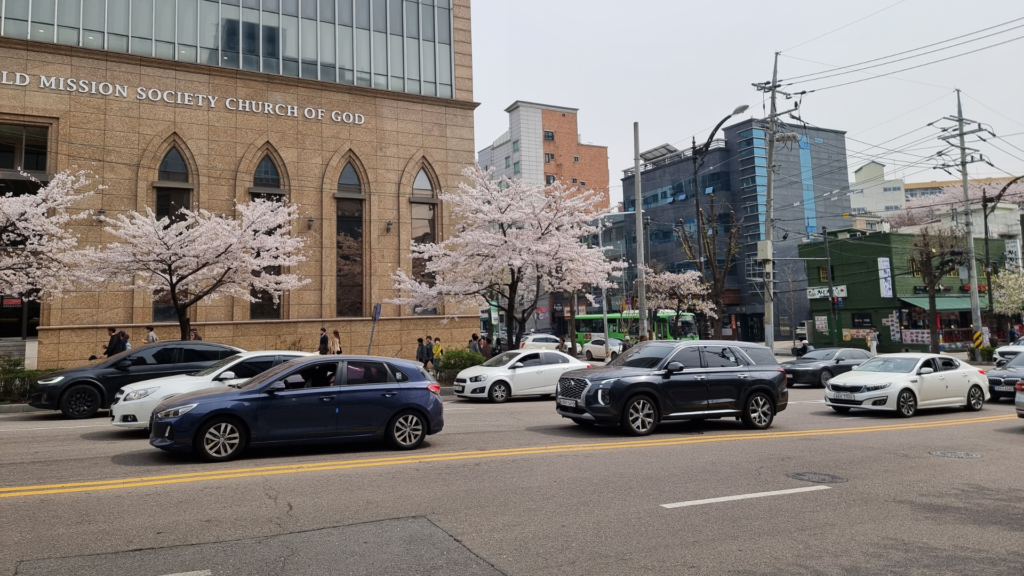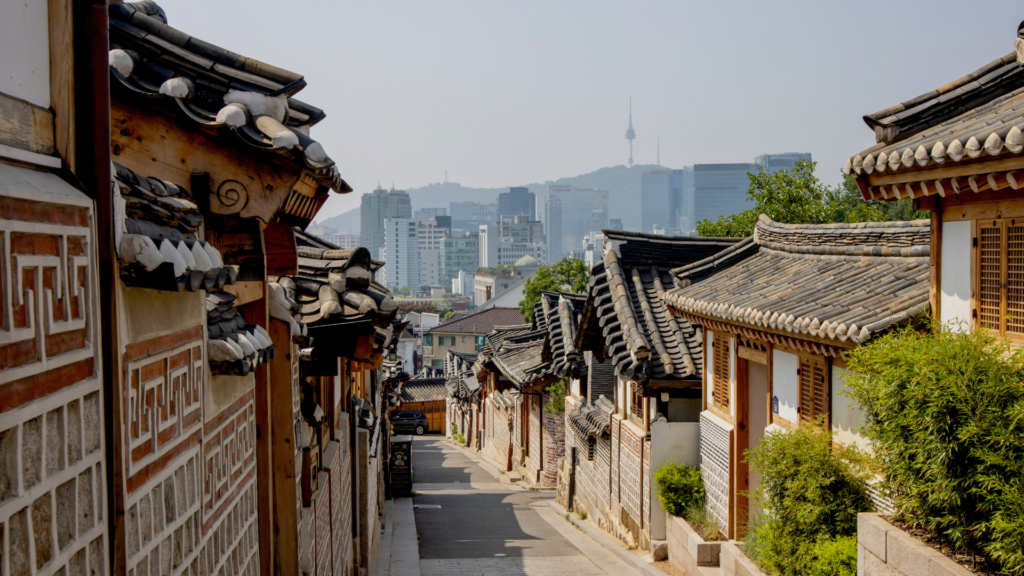The KTX train in Korea is a fast train similar to a bullet train. However, compared to most bullet trains, it is much more commonly used.
Let’s take a look at what services they offer and how to take the KTX train in Korea.
Services on board the KTX train
There is the KTX (acronym for ‘Korean Train Express’), which travels at a speed of 305 km/h, the ITX (Intercity Train Express), which travels at a speed of 165 km/h, and the Mugunghwa, which is the slowest of the three (140 km/h) and makes more stops, but it is still faster than most regional trains which travel at a speed of 100 km/h. Since the KTX and ITX trains run more frequently and get you to your destination faster compared to the cheaper Mugunghwa trains, they are often the best choice when you need to travel to another city.
On board a KTX train you will always find Wi-Fi. To connect, all you have to do is to connect to the network while on the train without having to input any additional data. However, each passenger has a usage limit. Upon exceeding the limit, you will be disconnected automatically. However, to continue using the Wi-Fi, you can simply connect again by repeating the same procedure from the beginning.
If you are hungry or thirsty but didn’t bring anything with you, you don’t have to worry. There are machines on the train where you can pay in cash to buy drinks or small snacks. On longer routes, a trolley with coffee, snacks, lunch boxes (도시락, dosirak) or other items will also pass by at set times.
Finally, there are luggage spaces, toilets (which are cleaned frequently), and electrical sockets next to each seat for charging your phone or other electronic devices.

How to buy a KTX train ticket
To buy a KTX train ticket you have two options: buy it directly at the station shortly before departure, or book a ticket online via the official website. This second option is the most recommended if you have to travel during peak seasons, such as the Chuseok or Seollal holidays.
Buying a train ticket online via the KTX website is very simple. Just enter your departure city and arrival city, the date you wish to travel, and the number of passengers. Various journeys will then appear with their prices and duration, and all you have to do is select the one that suits you best. You can specify the class (economy or business), and the type of fare (flexible or super-flexible), which will allow you to have a full or partial refund if you decide not to travel. Once you have decided, all you have to do is enter your details and proceed with payment – remember to save your receipt!
At the station, you can buy your ticket directly at the ticket office or through the machines. The procedure of purchasing through the machines is practically the same as buying online. Whereas at the ticket office, if there is no queue, the procedure is much simpler and faster. All you have to do is tell the staff your desired destination and time, and he or she will proceed to print out your ticket without the need for any further information.

How to find your KTX train
To find your KTX train, as in most worldwide stations, simply check the display boards at the station. On it you will find the destination, type of train (i.e. KTX, ITX or Mugunghwa), train code, timetable, platform and any possible delays. The destination appears alternately in both Hangul and Roman alphabet, so if you can’t read Korean and it appears first in this mode, don’t panic! In a few seconds the name of the city will also appear in English. Once you know the platform number, all you have to do is follow the directions to the corresponding number.
On your ticket, no matter if you bought it online or at the station, you will notice that it shows the carriage number and seat number. You will not be able to sit at any free seat, but only at the seat specifically indicated on your ticket. To save time, before the train arrives, you can already position yourself at the point where your carriage door will stop. The points corresponding to the doors of the various carriages are marked on the platform.
Costs and destinations
We have talked about fast and not so fast, expensive and less expensive KTX trains, but how much do the figures actually amount to? To give you an example, let us consider the Seoul – Busan route. The two cities are on opposite sides of South Korea. If you take a KTX train, it will only take about two and a half hours, with fares starting at around $70. On the other hand, by taking an ITX train, you will spend around $50 but take more than four and a half hours. Finally, if you were to choose the cheapest option, the Mugunghwa, you will save money by spending only $35 but it will take five and a half hours. As you can see, the difference in travel time is substantial, and in terms of the quantity of rides, KTX definitely offers a greater daily service: there are around 50 KTX rides per day, while compared to the ten or so offered by ITX and Mugunghwa.
We hope that this article has given you a comprehensive idea of how intercity trains work in Korea, in particular the KTX train. If you have time to travel, we recommend destinations such as Daegu, Daejeon, Pohang, Jeonju, Gangneung and Yeosu.
For more information about Korea, keep following the Go! Go! Hanguk blog and do not hesitate to contact us about living and studying in Korea.


